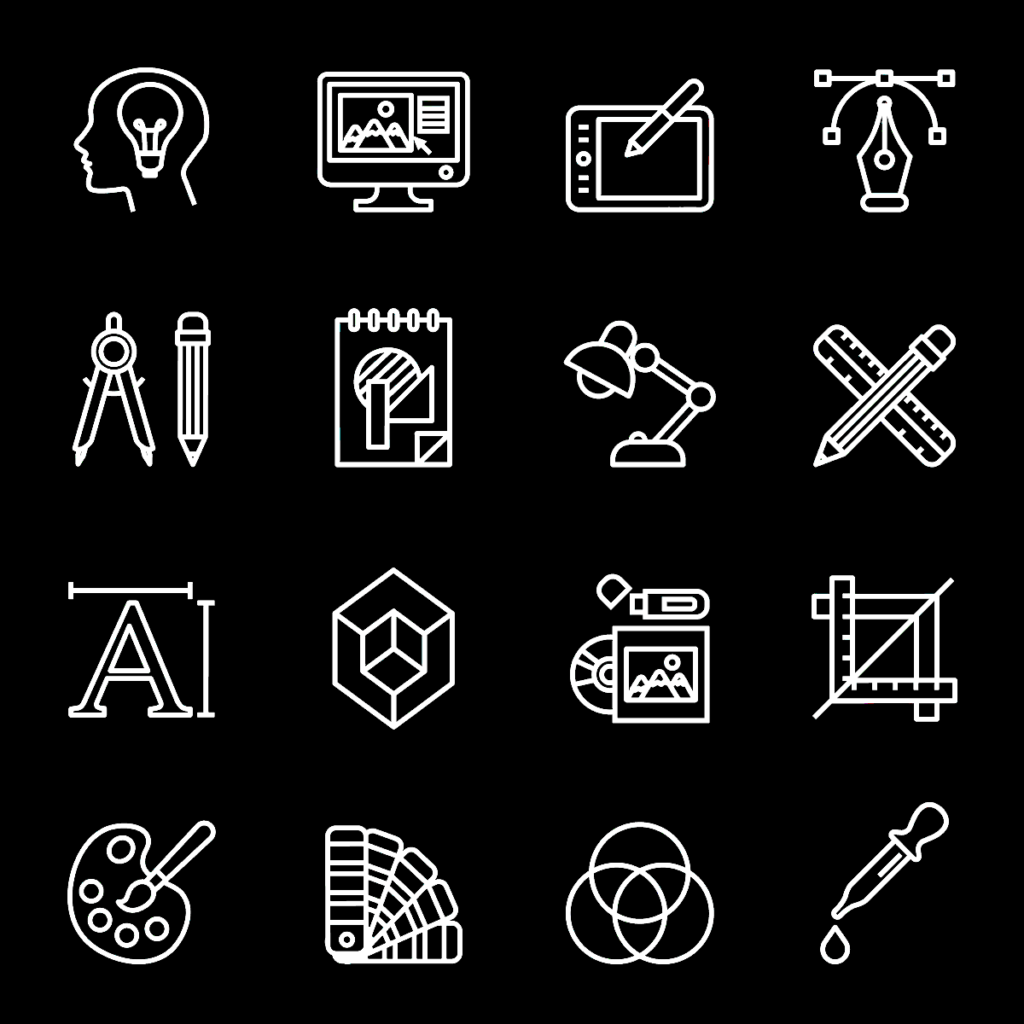A full no-code stack is a dream for many developers but IT professionals tend to raise an eyebrow when they hear the phrase no-code. This is because all too many businesses have been bamboozled by a promise of a low-code or no-code solution. In these scenarios, it’s not until weeks later—during the implementation—that everyone is surprised when they find out it’s not that simple. Well, everyone except IT.
I can hear the conversation now…
Sorry, that actually takes dev customization, but we have an implementation team that can help do that for you. How does an SOW and a 6-8 month project sound?
Many assume their business processes aren’t straightforward enough to enjoy the no-code use case. Even less likely are business users capable of managing the technical debt that comes with it. That’s not their job. They have a business to run.
But is all that changing? Is the no-code revolution coming to deliver on its promise?
Enter 2020.
With the massive strain the pandemic placed on organizations, companies accelerated their need for hyper-automation. Tidal shifts have come one another since March 2020: To stay competitive, relevant, and even alive, businesses are increasingly pressured to deliver world-class experiences at a fraction of the cost. On top of that, workforce attrition is making it harder to staff and keep development and operation teams functioning optimally.
Suddenly, a simplified no-code development is sounding a lot more enticing, and a full no-code stack even more so. In this article, we’ll take a look at what exactly a full no-code stack would consist of and how one can achieve a full no-code stack.
Editor’s note: This article is part one of a two-part series. Click here for part two.
How does no-code fit into the development process?
Some no-code platforms can support the entire development process (front-end and back-end). These are known as full-stack. Others focus on a particular area. The back-end or the server side of an application consists of a database, user authentication, and some sort of API layer. The front-end, or the client side, of an application focuses on the user experience and user interface.
Here are some of the components that the full no-code stack consists of:
Database
The tables and structure of the data. How is the database configured? How are tables related and what are the attributes in each? What technology does the database run on? A no-code database platform can design, configure and manage the database of an application.
User management
How are users set up and credentialed? What can they create, read, update or delete? Can they take advantage of social logins for authorization or can they work with an identity provider to authenticate? All of these factors can be handled by a no-code solution that offers user management.
Integration
Ask yourself: How is the information passed between the database and the front end? What APIs are exposed to be used by external applications? Does the no-code platform generate definition files so that other applications can understand them? These are all things to consider when looking into a no-code solution.
User interface
This is what the end user looks at. What is the desired user experience? How do the interface elements interact with each other or interact with the database? A no-code user interface solution allows the developer to drag and drop their desired experience.
Monitoring
Monitoring refers to the ability to receive and review usage and performance data about an application. Ideally, a full-stack platform offers some sort of logging or tracing that makes it possible to debug and identify issues.

Stacking up
Whatever development process you need to be transformed, here are five no-code tools that can change the way you develop and scale applications.
1. Backendless (full-stack)
Backendless is a full-stack visual app development platform. What does that mean? It means it can be used to build all parts of an application, all without code. Backend’s no-code tools include a complete backend and frontend toolset from API to UI.
Backendless features
Backendless Core features the set of functionality that handles back-end-related application development.
- Database: Build and manage your database declaratively. Design your data model, schema, and relationships. All with clicks. The powerful visual database supports its own querying language capabilities and handles the indexing for you. And get this – you can even import data and let Backendless create the optimal data structure for you.
- User Management: Support user access as your application scales. Manage scope, authentication, and authorization. Backendless supports social logins like Facebook, Twitter, Google, and OAuth2 integration.
- API: visually construct APIs and backend logic with no code. With Backendless Cloud Code, you are empowered to design API services and event handlers by building the logic with clicks. Then simply generate a Swagger or Open API 3.0 document for your client-server integrations. Then come to the front-end bells and whistles. Use the Visual UI Builder to select components from an impressive library. Create forms, connect complex workflows and dynamically render UI components.
Pricing
Backendless starts free and goes up from there. Backendless Cloud is for personal use, Backendless Pro is an offering for small to medium businesses and Backendless Pro is perfect for businesses that want to self-host. Managed Backendless is the highest offering, which is hosted on a dedicated cluster.
2. Airtable (full-stack)
Airtable can serve many use cases. At its heart, it’s a project management tool with a relational database, but it does more. Much more. With Airtable, businesses can collaborate by sharing information, managing tasks, tracking sales, or developing an entire host of business processes. This is typically done by starting with a ‘template’ and configuring it to meet your specific process. For example, you can use the ‘Wedding Planner’ template, which will have the dashboards, tables, and views typical for the needs of that solution.
Airtable Features
- Interface Designer: Drag and drop interface that allows users to create their own dashboards to match their workflow. As of this article, Interface Designer is still in beta.
- Automation tools: Build simple or multi-step processes and actions. For example, when a record is updated you can send an email or launch an approval process that can route to multiple people. Airtable supports multiple integrations like Slack, Google Workspace, LinkedIn, and Facebook.
- Marketplace: Take advantage of an ecosystem of plug-and-play applications to meet your unique business processes.
Pricing
Airtable offers a free version for personal or small teams, a plus, and pro on a low per month per seat basis, and custom enterprise pricing for larger, more complex organizations.
3. AWS Amplify (full-stack)
Amplify allows web and mobile developers to quickly build full-stack applications on AWS – no cloud expertise necessary. With Amplify, you can build your backend with authentication, and storage and even migrate existing AWS resources. The front-end can be constructed using a rich component library. Developers can deploy, host, scale and manage all without code.
AWS Amplify features
- Authentication: Declaratively create and manage your users and build user authentication flows. Amplify can also configure social sign-in, forgot password, and MFA and allows you to configure the sign-in experience with pre-built components.
- Amplify Datastore: An on-device storage engine. Datastore synchronizes data between mobile and web applications and your database in the AWS cloud. Configure your tables, fields, data types, and relationships with visual tools. Since datastore offers on-site storage, you can access your application data offline as well.
- Amplify Studio: Visual interface used to build entire applications. Amplify Studio can quickly build the backend and create a rich user interface with React components and easily bind the data and UI together.
Pricing
Being part of the AWS offering Pricing is calculated depending how the services you need. Check out the pricing calculator here.
4. Xano (back-end)
While not a full tech stack, Xano provides a scalable server and powerful database technology, and a no-code API builder that can integrate with data from anywhere. Xano hosts data on PostgreSQL, a reliable, secure, stable, and flexible open-source database that supports relational and nonrelational data types.
Xano Features
- Database: Build a flexible database hosted on PostgreSQL that supports complex relationships easily, places no limits on CSV imports, and provides test environments all using declarative points, drags, and clicks. Traverse, slice, dice, and query data easily with SQL/NoSQL functionality.
- No-Code API Builder: Xano automatically generates your core CRUD operations for you. Create your own endpoints and generate Swagger documentation instantly. Xano also allows you to create and schedule CRON jobs or background tasks that can run at whatever interval you want. Have external data sources? Perfect. With Xano you can bring data from any External API (like Airtable), transform it, store it and surface it to a front-end – all with no code
- Scalable and Stable: One of the benefits of Xano is its scalability. With each provisioned account, you can use Docker and Kubernetes to provide a stable and scalable environment. All of this rests on Google Cloud.
- Monitoring: Xano provides sophisticated usage metrics like CPU and Database Record utilization to monitor your environment.
Pricing
Xano supports a free version with a limit of 10,000 records and access to training resources and office hours in addition to two higher versions at a flat monthly rate with more storage, API capabilities, and test environments. The highest version (scale) has no limit on data storage.
They also offer two additional versions for enterprise or complex use cases. Both of which follow customized pricing.
5. Hasura (back-end)
Hasura lets developers use their existing database to a production-grade GraphQL, allowing teams to save time and effort in building and maintaining APIs.
What is GraphQL? GraphQL is an open-source data query and manipulation language developed by Facebook. GraphQL gives front-end consumers of the API the power to determine, explore and request the exact data that they need rather than over-fetching the entire payload as is typical with REST API requests.
Hasura Features
- GraphQL API: Instantly generate GraphQL schema for you based on your data, providing the UI tools that enable you to vastly increase the data-modeling process.
- Business Logic: Hasura can address business logic with actions, remote schemas, and event triggers, capturing changes and delivering them to an HTTP webhook. Hasura also supports existing REST APIs that can connect and extend the GraphQL schema. Build your own stored procedures and functions just like other popular database tools.
- Authorization: Hasura uses role-based authorization and industry-standard authentication so you can safely secure your application and its data.
- GraphQL API Explorer: Subscribe to any GraphQL endpoint by using Hasura’s free in-browser GraphiQL app. This feature allows you to query, mutate or subscribe to any GraphQA endpoint and share the API with others.
Pricing
Hasura offers both cloud and self-hosted pricing models. The cloud offering has a free version, then charges a flat monthly rate plus additional usage.
Getting the full no-code stack
To stay competitive and relevant, organizations need to scale quickly with the resources they have. No-code tools—and even a full no-code stack—are becoming increasingly attractive. This is because it becomes harder to staff, manage and keep developers with the wide range of skill sets required along the development process.
Businesses are more and more discovering the benefits of adopting a no-code solution that can scale effectively with the needs of the organization. Those solutions are clearly here. Join us in our next installment in this two-part series, where we’ll take a look at five more no-code solutions for your entire development pipeline.
Disclaimer: The views and opinions expressed above are those of the contributor and do not necessarily represent or reflect the official beliefs or positions of Sofy.









